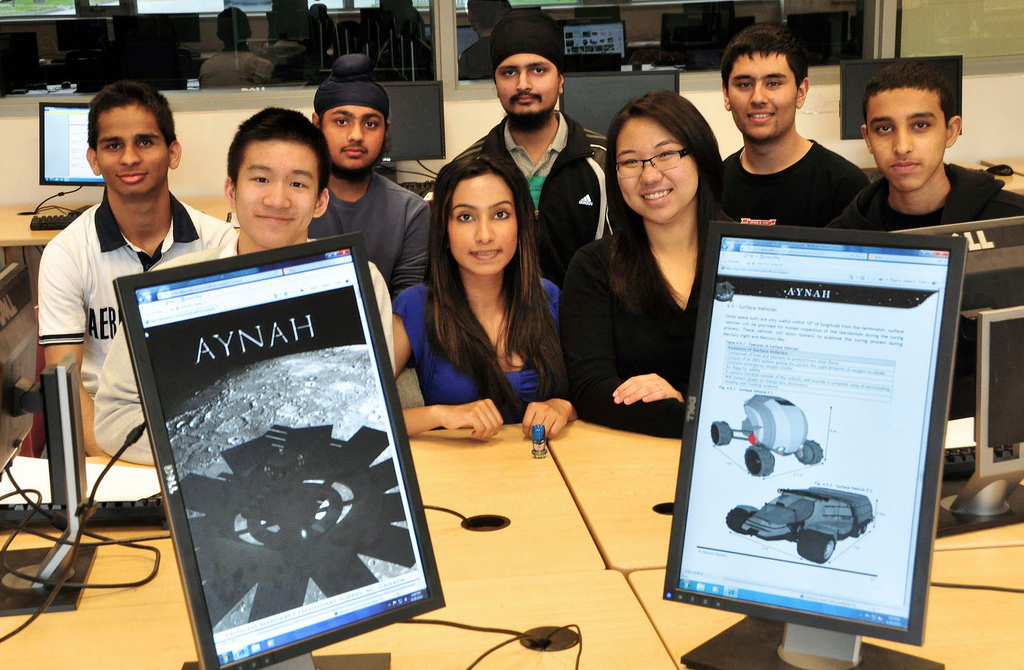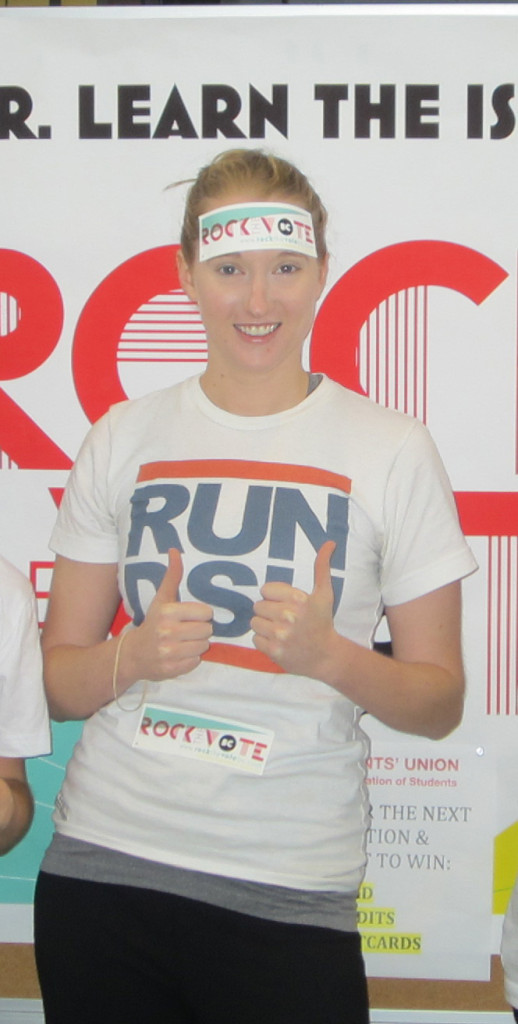Sumit Rathore oversaw Surrey high school students develop plan for moon colonization
By Patrick Vaillancourt, News Editor
In a press release from Simon Fraser University (SFU), third-year SFU student Sumit Rathore was “over the moon with joy” when he learned that a NASA-affiliated group was considering his team’s design for humankind’s first space colony.
Rathore, who co-led a team of high school students from Princess Margaret Secondary School in Surrey alongside physics teacher Joe Sihota, is part of the first Canadian team to make it to an invitation-only final in the International Space Settlement Design Competition (ISSDC).
ISSDC organizers are allied with NASA, Boeing, and other players in the aerospace industry, and aim to create a habitable, self-sustainable human settlement on the surface of the moon capable of accommodating at least 10,000 residents.
The semi-finalists’ designs were reviewed by astronauts and engineers at NASA’s Johnson Space Center in Houston, Texas. The winning teams were invited to create company names to compete for the grand prize, which includes medals and a list of lucrative employment references consisting of NASA astronauts and leading engineers.
The Canadian team’s company name is Grumbo Aerospace.
The students from Princess Margaret were the competition’s only Canadian entrants and their winning design came after only two previous design attempts.
Rathore credits his passion for the moon as well as key life skills and a bit of luck in making a group of high school students the potential designers of what could be the beginnings of a full-time colony on the moon.
“I was fortunate enough to have some of the old members returning from my last year’s team,” Rathore notes. “They were very familiar with the stresses and unexpected challenges… They were more mentally prepared for the time management required to make on-the-fly creative decisions about the final settlement’s design.”
The ISSDC judges, consisting of nine aerospace engineers and retired astronauts, praised the Grumbo Aerospace design for “including elements such as hiking and wedding opportunities and self-repairing exterior structures.” The design also included a tourism centre and a manufacturing and mining wing.
The ISSDC does not publish the name of the winning finalists, citing that the competition is more about the learning experience rather than the competitive element. Their website says that “differences between the winning and other proposals are often insignificant and subjective” and therefore there is no need to publicly disclose the winner.
The competition began in 1994 and will mark its 20th anniversary next year.


